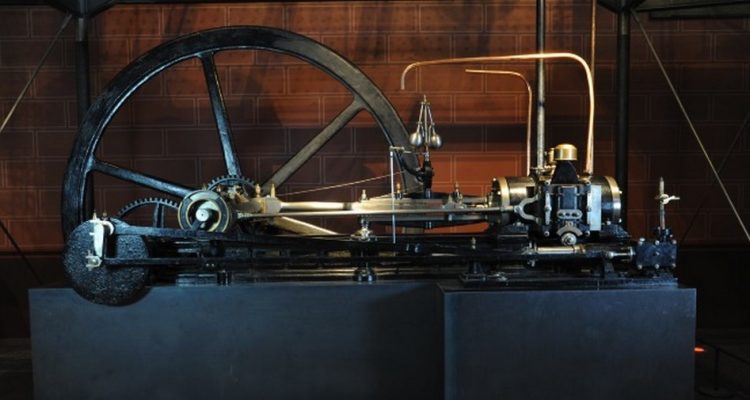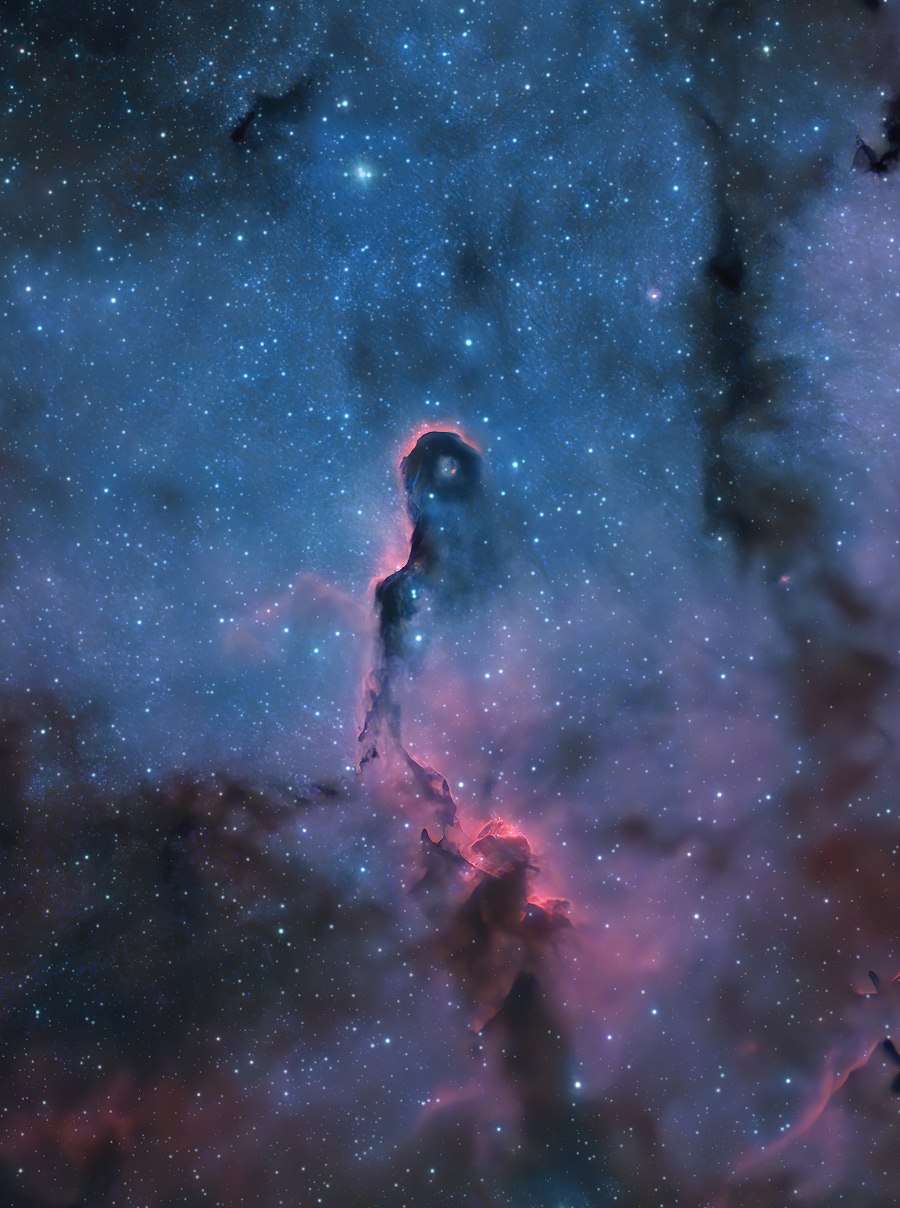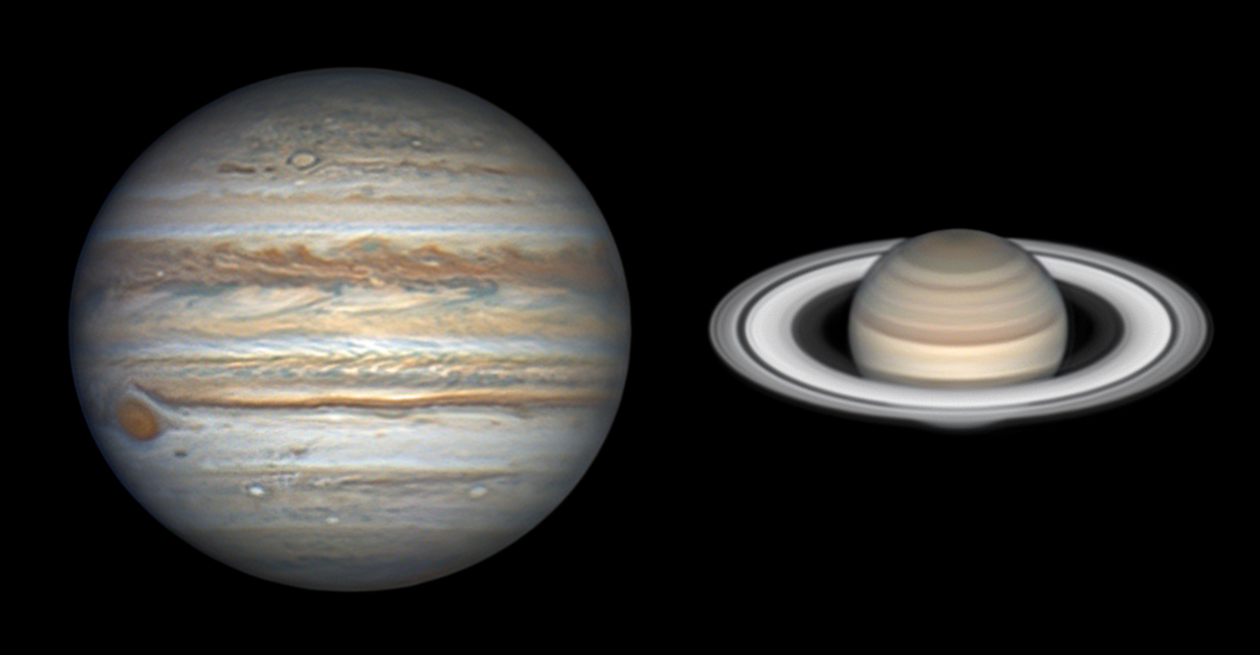Nombre total de pages vues
08/08/2020
07/08/2020
Jose Mtanos : The Pipe Nebula (Science & Technology - Astronomy picture of the day)

Image Credit & Copyright: Jose Mtanos
Trustmyscience : Comment fonctionne un moteur à explosion ? Et quelle est son origine ? - (Science & Technologie - Mécanique) 2/6

06/08/2020
Trustmyscience : Comment fonctionne un moteur à explosion ? Et quelle est son origine ? - (Science & Technologie - Mécanique) 1/6

05/08/2020
Martha Schaefer, Brad Schaefer, Jim Stamm; Music & License : Picture Rocks Sun Dagger (Science & Technology - Astronomy picture of the day)
Video Credit & Copyright: Martha Schaefer, Brad Schaefer, Jim Stamm; Music & License: Awakening (Wojciech Usarewicz), Lone Tree Music
04/08/2020
Robert Gendler & Roberto Colombari : NGC 2442: Galaxy in Volans (Science & Technology - Astronomy picture of the day)
Image Credit & Copyright: Processing: Robert Gendler & Roberto Colombari
Data: Hubble Legacy Archive, European Southern Observatory
Explanation: Distorted galaxy NGC 2442 can be found in the southern constellation of the flying fish, (Piscis) Volans. Located about 50 million light-years away, the galaxy's two spiral arms extending from a pronounced central bar have a hook-like appearance in wide-field images. But this mosaicked close-up, constructed from Hubble Space Telescope and European Southern Observatory data, follows the galaxy's structure in amazing detail. Obscuring dust lanes, young blue star clusters and reddish star forming regions surround a core of yellowish light from an older population of stars. The sharp image data also reveal more distant background galaxies seen right through NGC 2442's star clusters and nebulae. The image spans about 75,000 light-years at the estimated distance of NGC 2442.
03/08/2020
02/08/2020
Damia Bouic : Two Worlds, One Sun - Science & Technology - Astronomy picture of the day

Left Image Credit & Copyright: Damia Bouic;
Right Image Credit: NASA, JPL-Caltech, MSSS; Digital processing: Damia Bouic
01/08/2020
Chad Leader : The Elephant's Trunk Nebula in Cepheus - Science & Technology - Astronomy picture of the day

Image Credit & Copyright: Chad Leader
30/07/2020
Jean-Luc Dauvergne : The Giants of Summer - (Science & Technologie - Astronomy picture of the day)

Image Credit & Copyright: Jean-Luc Dauvergne
ASTRONOMY - Juno Flyby of Ganymede and Jupiter
2025 December 14 Juno Flyby of Ganymede and Jupiter Video Credit: NASA , JPL-Caltech , SWRI , MSSS ; Animation: Koji Kuramura , Geral...

-
2022 September 26 All the Water on Planet Earth Illustration Credit: Jack Cook, Adam Nieman, Woods Hole Oceanographic Institution ; Data ...
-
2025 May 11 The Surface of Venus from Venera 14 Image Credit: Soviet Planetary Exploration Program , Venera 14 ; Processing & Copyri...
